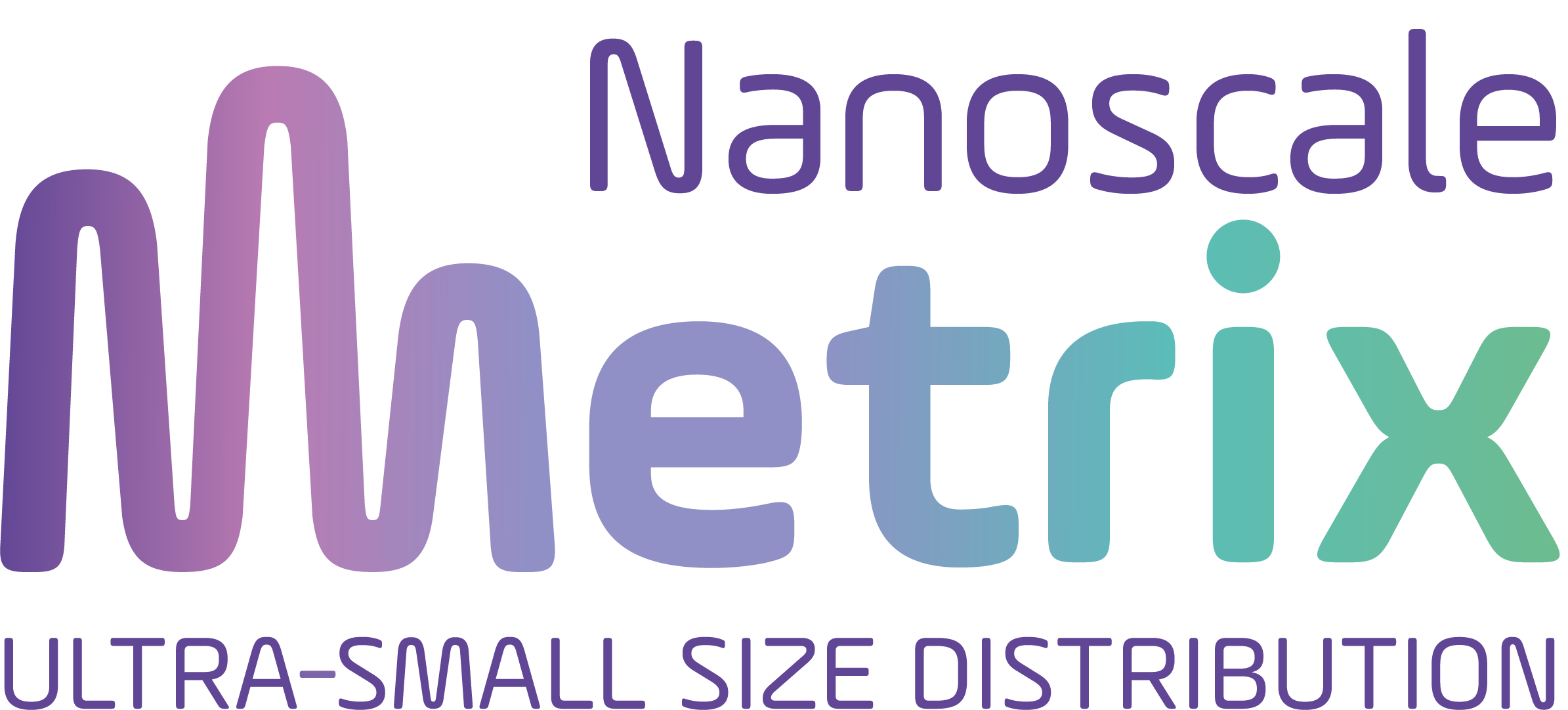A new method based on Taylor dispersion has been developed that enables an analyte gradient to be titrated over a ligand-coated surface for kinetic/affinity analysis of interactions from a minimal number of injections. Taylor dispersion injections generate concentration ranges in excess of four orders of magnitude and enable the analyte diffusion coefficient to be reliably estimated as a fitted parameter when fitting binding interaction models. A numerical model based on finite element analysis, Monte Carlo simulations, and statistical profiling were used to compare the Taylor dispersion method with standard fixed concentration injections in terms of parameter correlation, linearity of parameter error space, and global versus local model fitting. A dramatic decrease in parameter correlations was observed for TDi curves relative to curves from standard fixed concentration injections when surface saturation was achieved. In FCI the binding progress is recorded with respect to injection time, whereas in TDi the second time dependency encoded in the analyte gradient increases resolving power. This greatly lowers the dependence of all parameters on each other and on experimental interferences. When model parameters were fitted locally, the performance of TDis remained comparable to global model fitting, whereas fixed concentration binding response curves yielded unreliable parameter estimates.
Modeling Taylor dispersion injections: Determination of kinetic/affinity interaction constants and diffusion coefficients in label-free biosensing
Subjects: Interaction, Technology
